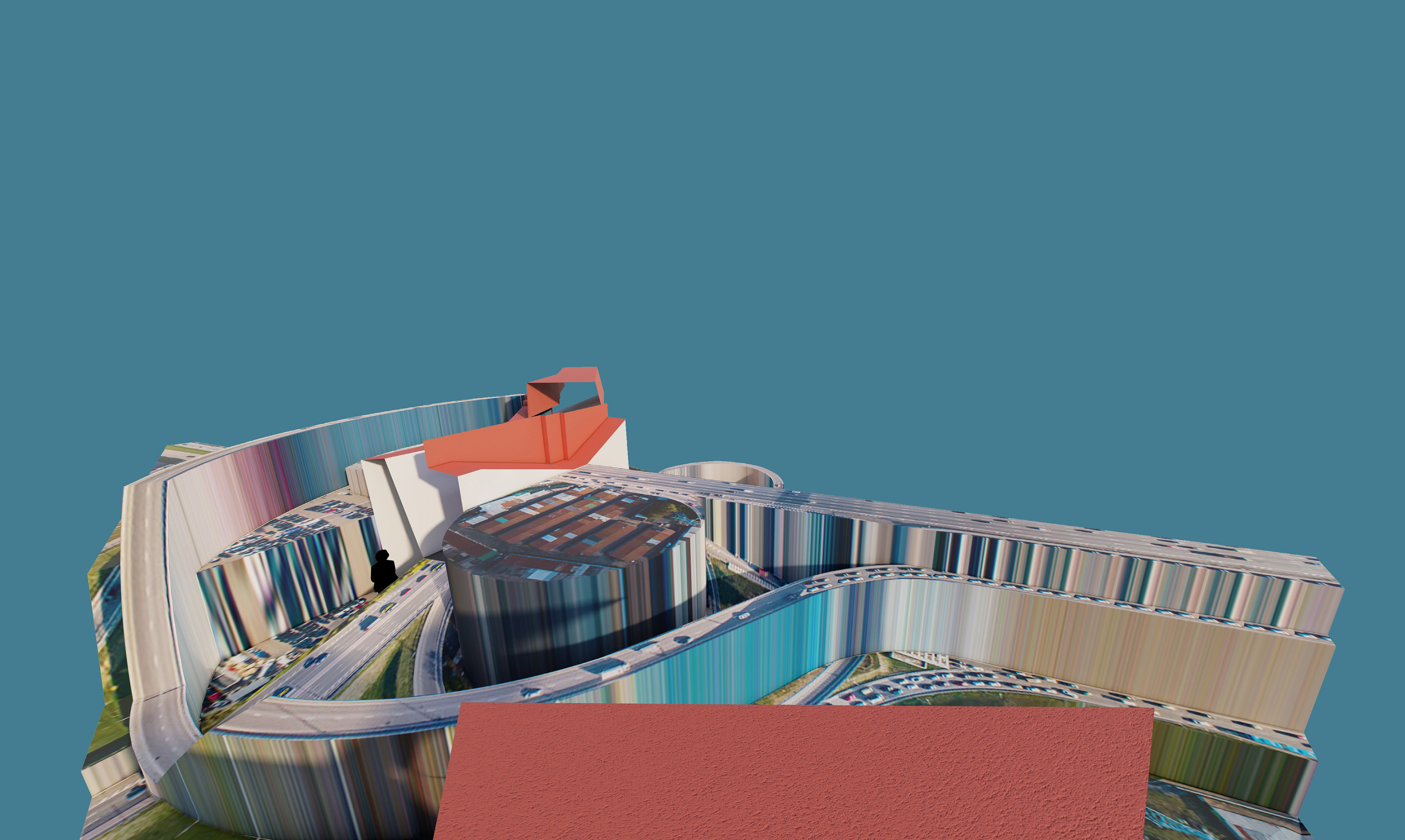Boundry
Boundary asked us to examine non-physical limits within a retail store and create documentation of our observations. These drawings were then abstracted to create the design of our three-dimensional forms. Key concepts explored were the sense of movement created in relation to the stepped pathway and additional exploration of how non-physical boundaries could affect movement.
Abstracted Boundry Documentation
Axonometric
Axonometric
Section
Ascent Perspective
Descent Perspective
PassagewAY
Passageway was developed by breaking our Boundary design into components of a hedge maze. These were then integrated into an abstracted landscape image and developed into a new 3D form. A well-defined axial landscape was contrasted and broken by a meandering pathway which cut across the landscape. This juxtaposition created moments of complex geometry and a gradual sense of upward direction.
Landscape and Passage Combination
Axonometric
Axonometric

Passageway Entrance Perspective

Passageway Perspective

Observation Tower Perspective
Movement
Movement began with a section cut along our Passageway. This was then overlayed with an abstracted collage of documentation images we had collected riding a local bus route. The resulting drawing was wrapped around itself as the basis for creating a three-dimensional form. This construct explored how the gradual sense of upward movement in Passageway could be made more abrupt as the horizontal landscape turned vertical. Size and scale of material were used to highlight and emphasize this effect.
Bus Route Documentation
Abstracted Passageway Section
Construct Plan
Construct Section